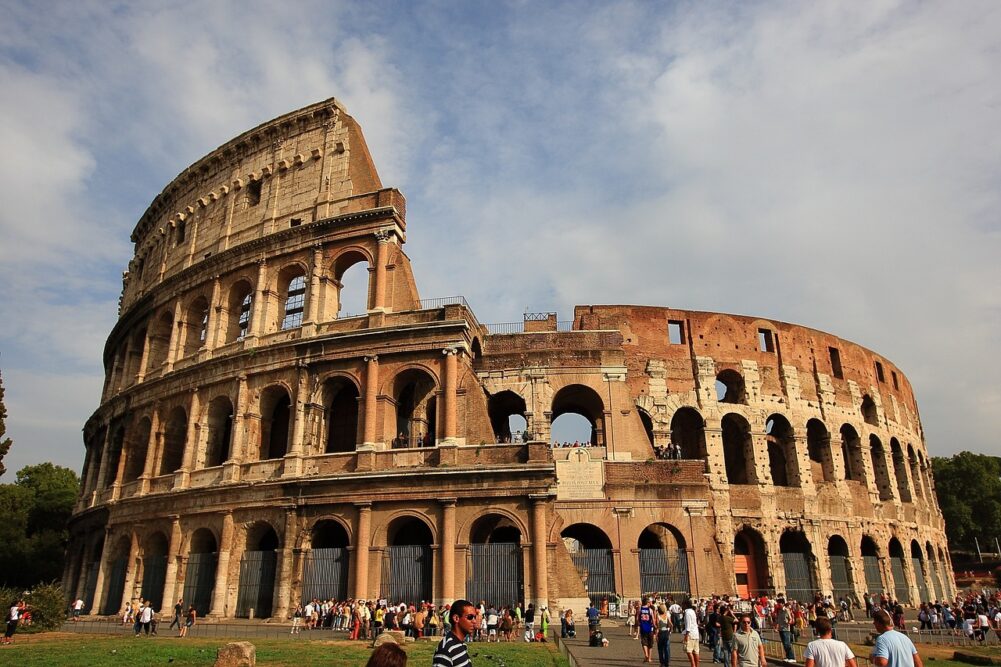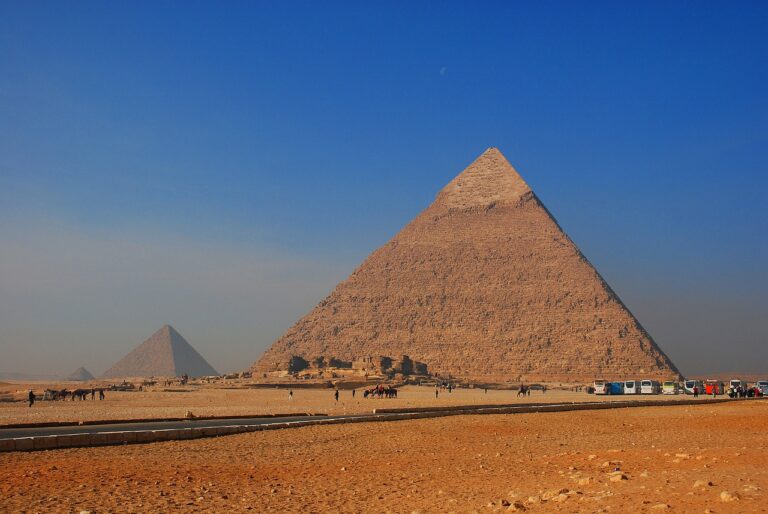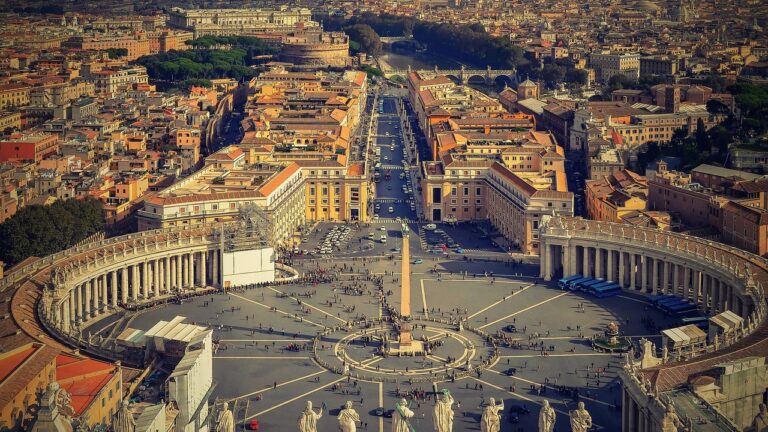Rome’s Roman Colosseum: A Journey Through History
The Roman Colosseum, an enduring symbol of ancient Rome’s grandeur and architectural prowess, stands as a testament to the city’s rich history and cultural legacy. This iconic amphitheater has captivated visitors for centuries with its monumental scale, fascinating history, and profound significance. Join us on a journey through time as we explore the Roman Colosseum and unravel the stories within its ancient walls.
Icon of Ancient Rome

Constructed during the Flavian dynasty in the 1st century AD, the Roman Colosseum was commissioned by Emperor Vespasian and completed under his successor, Titus. This colossal amphitheater was designed to host spectacular public spectacles, including gladiatorial contests, animal hunts, and mock sea battles, entertaining tens of thousands of spectators from all walks of life.
Architectural Marvel
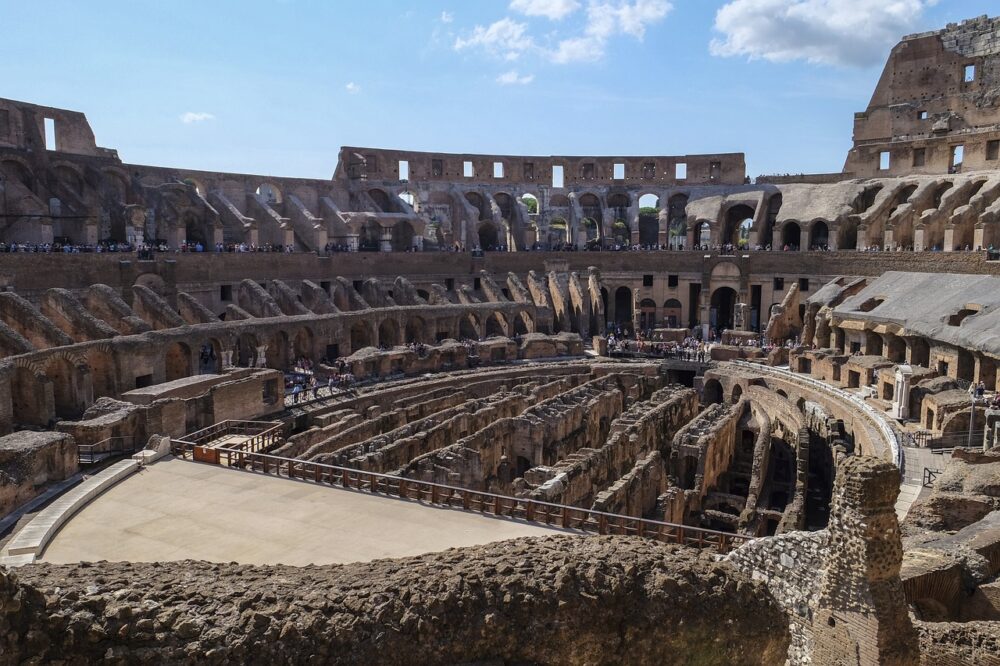
The Colosseum’s architectural ingenuity is evident in its elliptical shape and tiered seating, which could accommodate up to 80,000 spectators. The arena’s hypogeum, an intricate network of tunnels and chambers beneath the arena floor, housed gladiators, animals, and stage props, allowing for dramatic entrances and elaborate spectacles.
Historical Significance
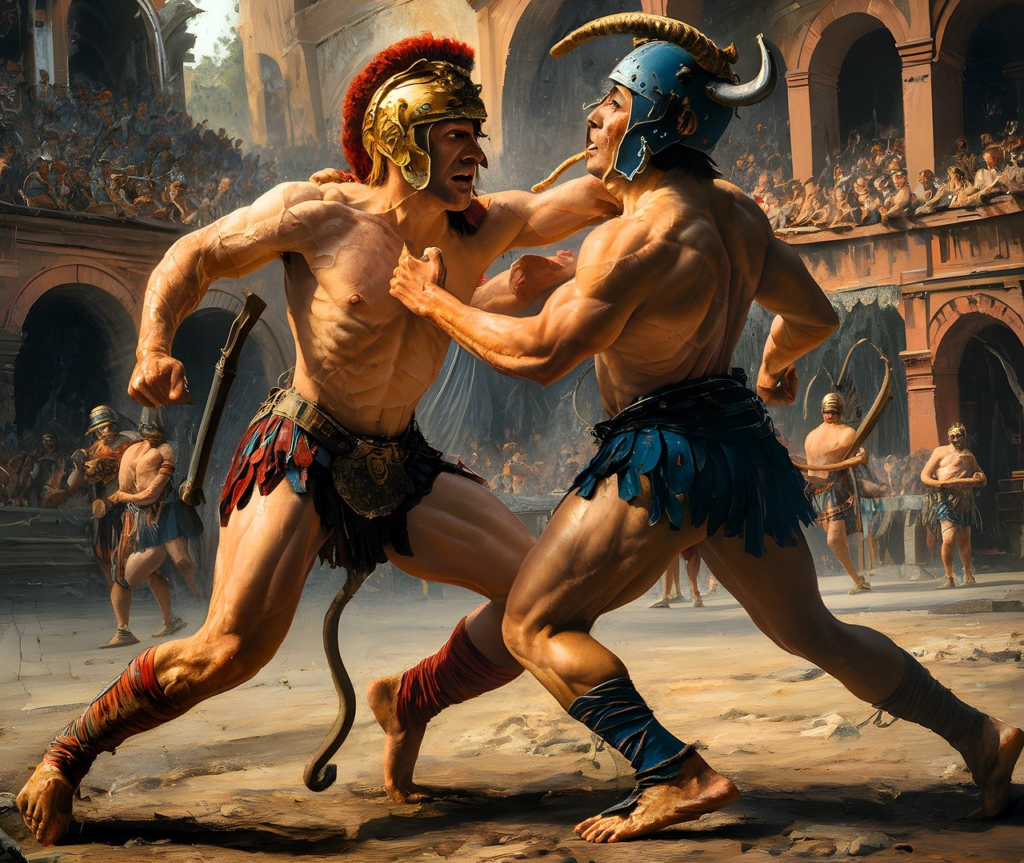
Throughout its history, the Colosseum has served as a symbol of power, entertainment, and resilience. It witnessed centuries of gladiatorial combat, executions, and public gatherings before falling into disuse and eventually being repurposed for other uses. Despite damage from earthquakes and stone-robbers over the centuries, the Colosseum remains a poignant reminder of Rome’s imperial past.
Visiting the Roman Colosseum

When planning your visit to the Roman Colosseum, consider the following tips for an enriching experience:
- Tickets: Purchase skip-the-line tickets in advance to avoid long queues, especially during peak tourist seasons.
- Guided Tours: Opt for a guided tour to gain insights into the Colosseum’s history, architecture, and significance from knowledgeable experts.
- Archaeological Wonders: Explore not only the Colosseum itself but also nearby archaeological sites, such as the Roman Forum and Palatine Hill, to delve deeper into ancient Roman civilization.
- Photography: Capture stunning views of the Colosseum from different angles, including the iconic exterior and panoramic vistas from nearby viewpoints.
Best Time to Visit
The best times to visit the Roman Colosseum are early morning or late afternoon to avoid crowds and enjoy the ambiance in a more tranquil setting. Spring (April to June) and autumn (September to October) offer pleasant weather and fewer tourists compared to the peak summer months.
Summary
The Roman Colosseum stands as an enduring symbol of Rome’s ancient glory, architectural innovation, and cultural significance. Whether you’re marveling at its monumental architecture, imagining the roar of the crowd during a gladiatorial contest, or contemplating its historical legacy, a visit to the Colosseum is an unforgettable journey through the heart of ancient Rome.

